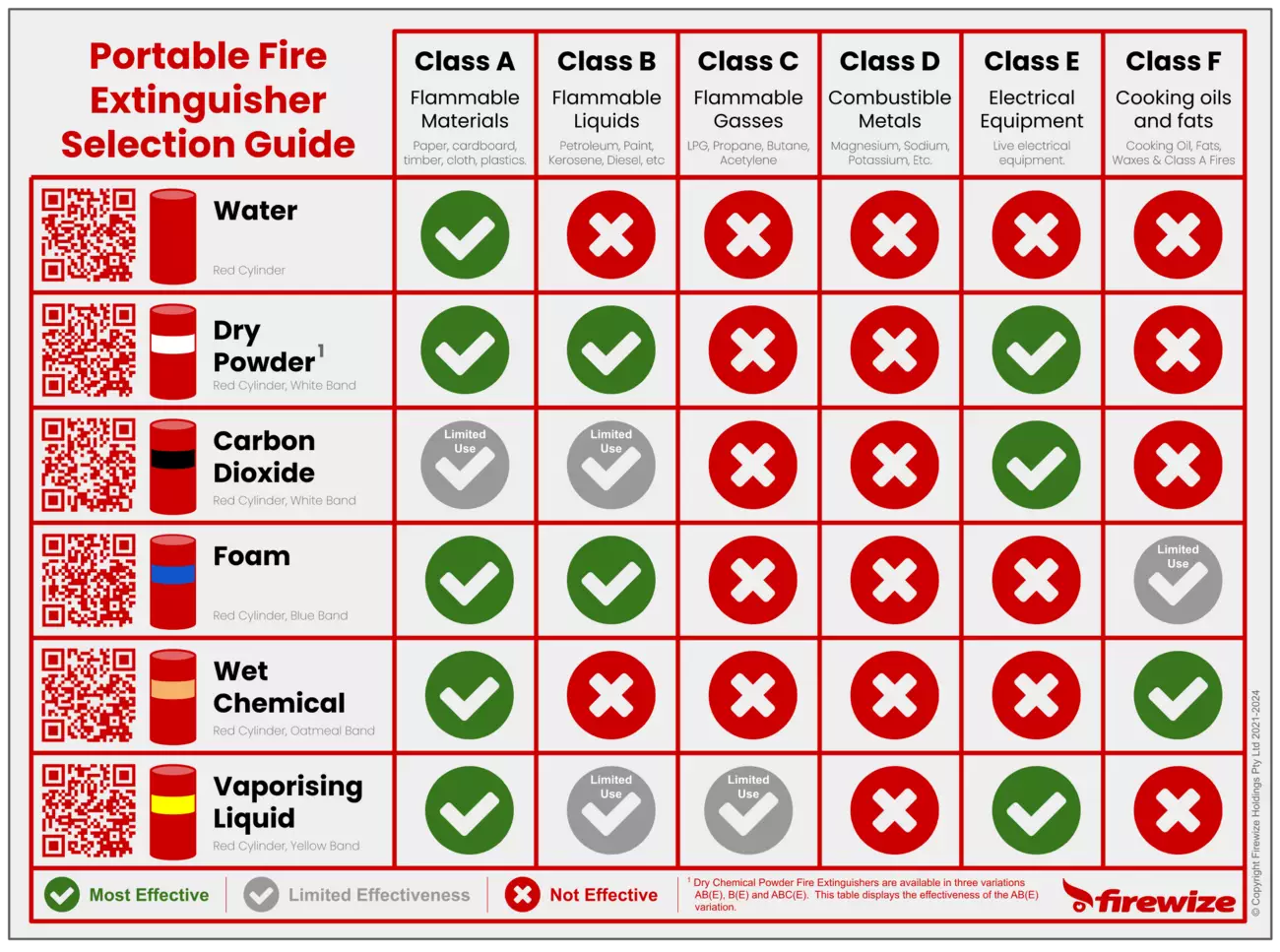A Class E fire is one that involves electrical equipment. Electrical equipment includes any machine powered by electricity. It usually consists of an enclosure, a variety of electrical components, and often a power switch.
More specifically, electrical equipment refers to the individual components of an electrical distribution system. These components may involve:
- Electric switchboards
- Distribution boards
- Circuit breakers and disconnects
- Transformers
- Electricity meters
The National Construction Code ("NCC") requires a Class A(E) or Class (E) fire extinguisher adjacent to an emergency services switchboard is one which sustains emergency equipment operating in the emergency mode.

